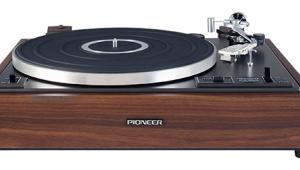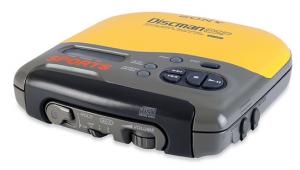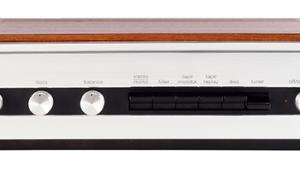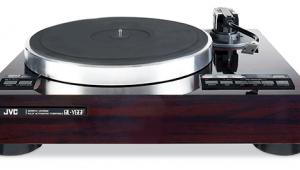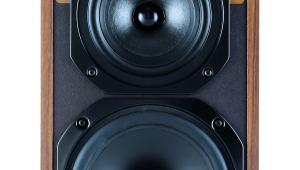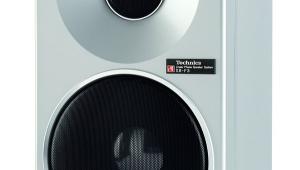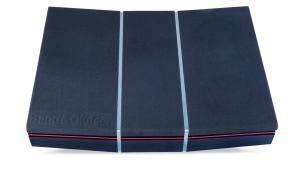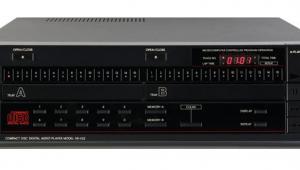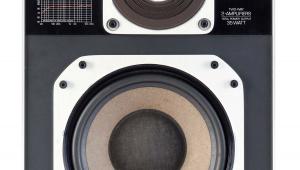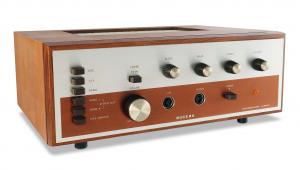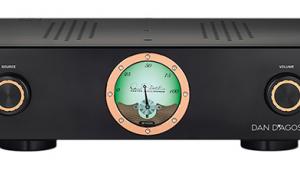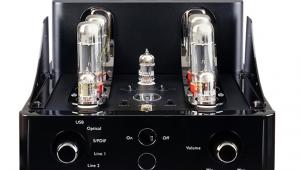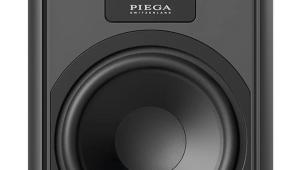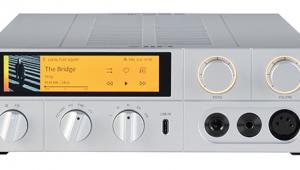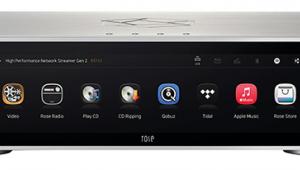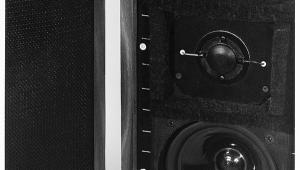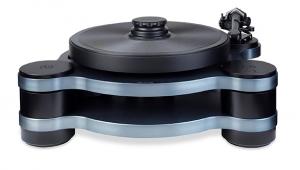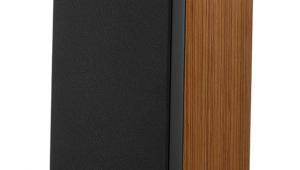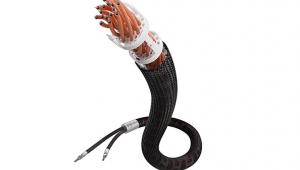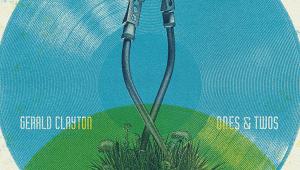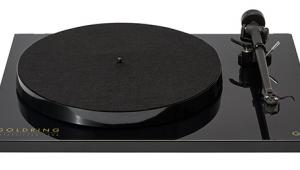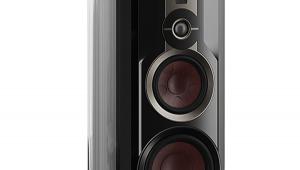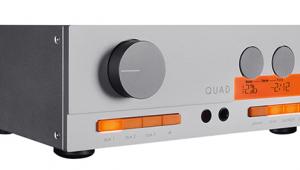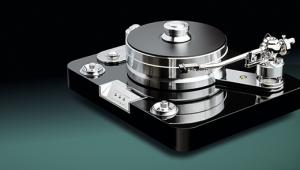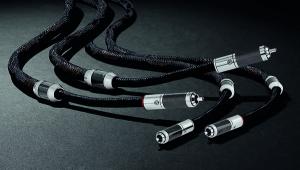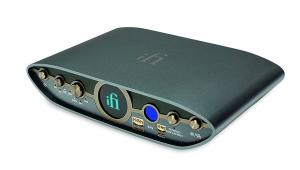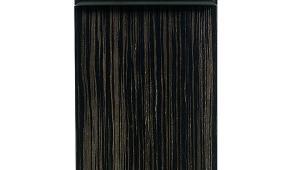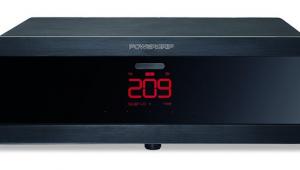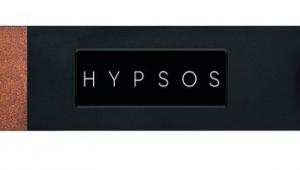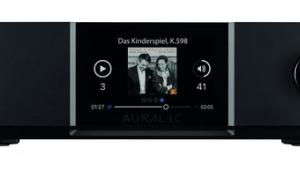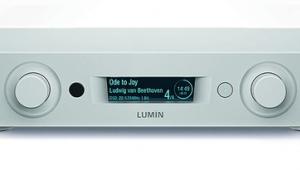Pioneer PD-Z72T CD player


Once CD players had become established it did not take long for hi-fi manufacturers to come up with new features and facilities to offer. Of these, the ability to play more than one disc at a time was perhaps the most intriguing and visually obvious. Toshiba was the first to produce a practical machine with the XR-V22 [HFN Jun ’24]. This could take two discs, but it was fellow Japanese brand Pioneer which led the field, coming up shortly afterwards with a six-disc cartridge player. This ‘universal’ cartridge system was common to all Pioneer’s multi-play models, allowing collections of discs to be rapidly swapped between systems at home and in-car.
Not everyone wanted to lock their discs away in fiddly cartridges, however, so multi-disc carousel players were also produced, including the CDP-C5M from Sony in 1987 [HFN Feb ’21]. These were unavoidably bulky (until Aiwa made its carousel move in a trochoid rather than in a circle some years later) and so to provide an alternative Pioneer revisited Toshiba’s twin-tray concept. The new mechanism was used in a group of similar models, the PD-Z72T of 1989-90 seen here being one of the more popular solutions.
Top and bottom
Toshiba’s original machine had its two trays placed side by side, with the optical unit sliding between them under logic control and motor power. Pioneer’s layout was both simpler and more compact, placing one tray above the other and the laser mechanism in a fixed position beneath. In addition, some very slick engineering allowed the trays to slide over each other and swap position inside the machine.
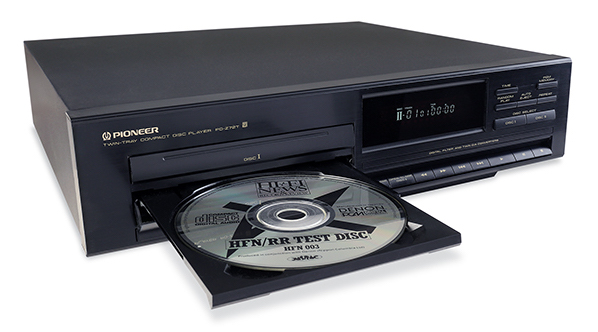
This allowed any empty drawer to be opened at any time without disrupting the flow of the music. Pioneer’s brilliant piece of mechanical choreography also ensured the PD-Z72T could still be manufactured within the then fashionable 360mm-wide ‘midi’ format. A similarly sized machine was also available but with a six-disc cartridge loader instead of the twin-tray mechanism – this was known as the PD-Z82M.
A family affair
While many Pioneer CD players of this era included parts from other Japanese manufacturers, the PD-Z72T’s transport and optical assembly was an in-house design. It was shared across many models and although there were numerous variants, they were all built to a similar pattern. Within the six-disc cartridge players, for example, the transport was mounted on top of the disc changer chassis, pointing downwards, meaning that the discs had to be loaded into the cartridges with their label side facing down. In single play and twin-drawer models like the PD-Z72T the same unit was mounted in the bottom of the cabinet and the laser and turntable faced upwards, allowing the discs to be loaded conventionally.
Unlike rival transports from Sony, JVC and Philips, Pioneer’s unit included many adjustable settings for service and overhaul. This included the grating, whose function was to split the beam into three tiny spots of light so that the laser’s position over the disc (the spiral track) could be precisely controlled. These adjustments were not simple to make and although the optical blocks could be set up to give excellent performance it was a difficult procedure, earning Pioneer’s players a reputation for being awkward to repair.
Hybrid DAC
Pioneer’s choice of DAC for the PD-Z72T was more sophisticated than that of similarly priced Japanese CD players from two or three years earlier. Specifically, this was a two-channel 16-bit DAC (rather than a time-shared single-channel solution) that worked in combination with a 2x oversampling digital filter to simplify the design of the analogue filters.
Sourced from Sanyo, the DAC used a hybrid arrangement of three different digital technologies to offer a claimed full 16-bit resolution. At its heart was a ‘traditional’ 9-bit ladder-style converter that was augmented by a further 3-bits of pulse width modulation (PWM) conversion. The final 4-bits were made up by level shifting the other two sections, providing a notional 16-bit performance [see PM's Lab Report]. This hybrid ‘multi-bit/bitstream’ style of DAC was adopted in various forms by other chip manufacturers, including Philips, the idea being to leverage the best of each technology in a very economic package.
Pioneer’s styling of this era was neat and business-like, much like the dashboard of a 5-Series BMW of the same period. Specifically, the PD-Z72T’s fascia is well-ordered without looking over designed, a traditional Pioneer strength. However, it’s a shame not to see the classic little gold buttons that were reserved for Pioneer’s higher-end models of the time. Without these there is little to break up the player’s expanses of semi-gloss black, but it’s still an attractive looking machine. There are hardly any more controls than you’d encounter with a standard single drawer player, except for the two open/close keys and pair of drawer select buttons.
Cue the music
There is an interesting thing about the PD-Z72T’s Auto Eject function, which was otherwise one of those minor ‘never to be used’ buttons that many CD players had. With this feature engaged the drawer of the disc which is playing is automatically opened when it finishes and the other drawer (assuming that it was open) closes and the disc in it begins to play. Employing this mode of operation, the player can be kept fed with discs and provide unlimited non-stop music, something that could be ideal for parties. It also looks impressive in operation, even in today’s world of multi-faceted hi-tech trinkets.
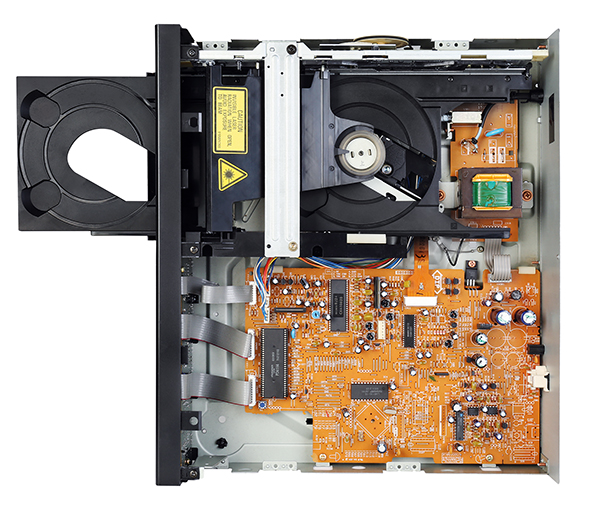
The PD-Z72T’s twin-tray mechanism works smoothly and rapidly, which is a good thing as the player checks the contents of both drawers before it will let you play either CD. The trays themselves may feel rather flimsy and insubstantial but this is a consequence of how they work rather than any penny-pinching on Pioneer’s behalf. And despite my reservations, the entire mechanical section of our player, now 36 years old, worked perfectly and required no detailed attention or repairs (not even a new drive belt for the loaders). The connections at the back are confined to two standard RCAs – there is no digital output available from this model. The only other socket, marked ‘control’, allowed the player to be remote controlled via the handset of a connected Pioneer amplifier bearing the ‘SR’ logo.
![]() Tim listens
Tim listens
It has long been my opinion that this series of Pioneer CD players were among the best performers in their market sector when new. They have consistently been a more satisfying listen than the equivalent models from Sony and Technics, for example, with only Marantz (helped by its technical backing from Philips) being consistently able to match, and sometimes better, them. The PD-Z72T clearly displays why this is the case. The two-channel DAC design provides a big, three-dimensional soundstage which makes it easy to engage with whatever is in play. Remember that this refinement was still far from universal in the Japanese players of the late 1980s.
Tonally too there is a strong impression of neutrality across most of the musical scale, with only a subtle muting of the highest treble being discernible in A/B testing against far more ‘exotic’ kit. In practice, this is no bad thing for a unit like this. For those enthusiasts that complain that CD has a hard, brittle sound, the PD-Z72T neatly sidesteps this particular vice.
What I really appreciated when listening to this Pioneer unit, however, is the lack of that midband ‘greyness’, especially around vocals, that so many CD players of this period exhibited. So, while this twin-tray treasure may lack the lush, alluring sound of the early Philips 14-bit/4x system or the striking precision of the big Technics SL-P1200 [HFN Aug ’13], its performance is pretty decent all the same.
Voicing approval
Madonna’s ‘Dear Jessie’, from the album Like A Prayer [Sire 925-884-2], sounded impressive on the PD-Z72T because the vocals were placed so well in the overall mix. It sounds like a simple thing but it’s surprising how many CD players get basic elements like this wrong. On the PD-Z72T, Madonna’s vocals were neither prominent nor recessed, a good result for a model without high-end pretensions. Against this, though, I was aware that the previously mentioned treble roll-off took much of this track’s sparkling percussion away. It was still present if listened for, but it normally stands out more, even with designs not known for having especially forward treble (for example, the Marantz CD-54). Really top-class players also sound more focused than the PD-Z72T, which smooths over the final degrees of detail, blending some aspects of the instruments together that other units can show to be separate.
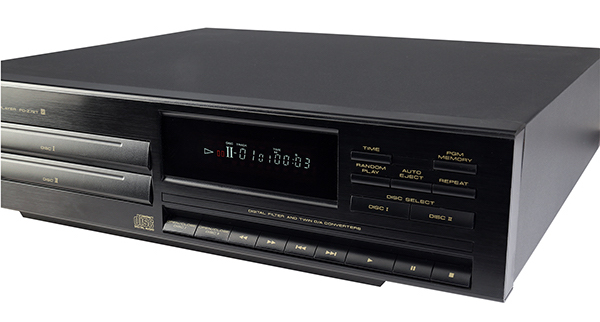
With Tchaikovsky’s Serenade For Strings In C, Op. 48 [Philips 434 108-2], Pioneer’s player created a big soundstage that brought the orchestra right into my listening room. The power and scale of the Berlin Philharmonic was plain to hear but again a better player can hold the individual players in sharper focus.
That said, the slightly soft sound of the PD-Z72T only made its presence felt in the strings. These lost some of their bite, but otherwise the performance was vivid and exciting.
Pioneer included these players in matching sets of components when they were new but they really deserve better than that. The suggested loudspeakers in particular wasted the capability of an intriguing design. The PD-Z72T isn’t as obviously quirky as the Toshiba XR-V22 but it does the same job, and a little better in most of the key areas. It isn’t a ‘must have’ collectable in the same way (well, not yet, anyway) but it is good to listen to and easy to use.
Buying secondhand
Because the Pioneer transport and laser assembly was so widely used in the latter part of the 1980s its habits are now well known. Problems with the spindle motor were very common when these units were new but most of the troublesome ones should have been weeded out by now. If the motor is to be replaced the position of the turntable on the motor shaft is critical, and to this end Pioneer included a small horseshoe-shaped gauge which was moulded into the body of the unit. It must be broken off the main part to use it, so if the gauge is missing it is a good sign that the motor has been replaced!
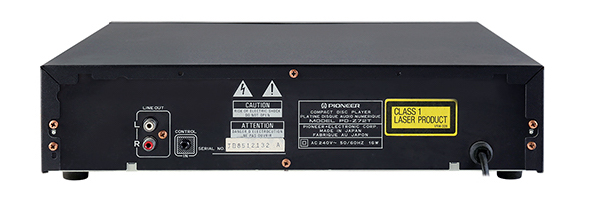
Pioneer was aware of the spindle problem and the replacement motors were of an improved design. Today a more common problem is the objective lens falling out. In most cases it will be found rattling about in the bottom of the machine somewhere, often stuck in the grease which Pioneer seemed to apply liberally to all its mechanisms. With care the lens can be bonded back in place but its exact original position must first be established. This is best done by looking for traces of the original adhesive. Be aware that some glues fog the plastic and make it useless, so two-part epoxy (applied extremely sparingly) is the best thing to use. Be sure that the lens is clean on both sides and that no glue blocks the view of the laser.
The laser sled can seize up as the old grease on the lead screw hardens, which will make the player very slow to read the disc initially or to find tracks. A tiny belt is used as part of the sled drive, but this has not given many problems so far.
Hi-Fi News Verdict
An interesting product from one of the key movers in multi-play CD, the PD-Z72T is a half-way house between single disc and carousel/cartridge machines. Vintage Pioneer players are not the simplest to keep on top form but they do sound good. This model, from 1989, is a fine example of the breed, and the twin-tray mechanism is both operationally clever and fun to use. Purchase with care though.
Sound Quality: 72%

